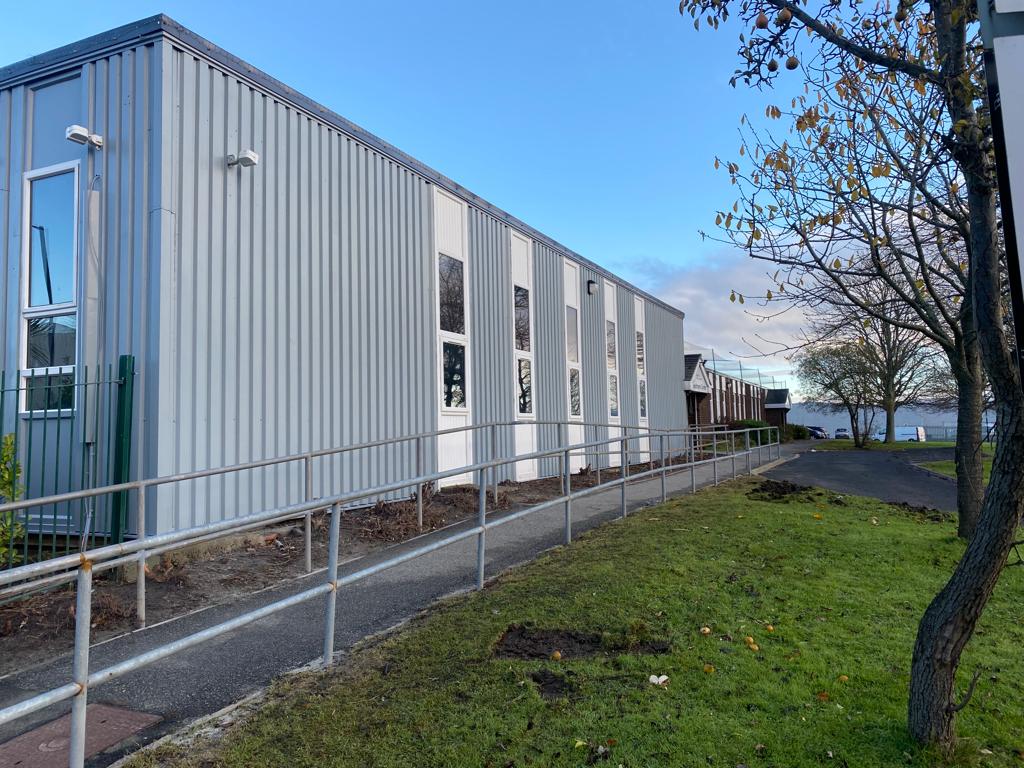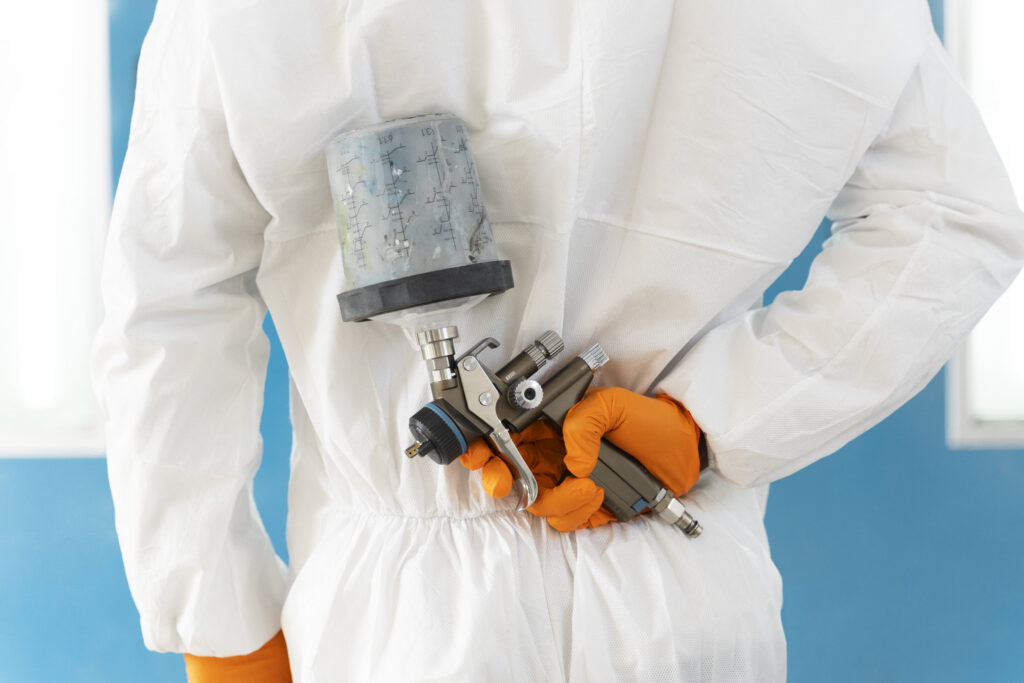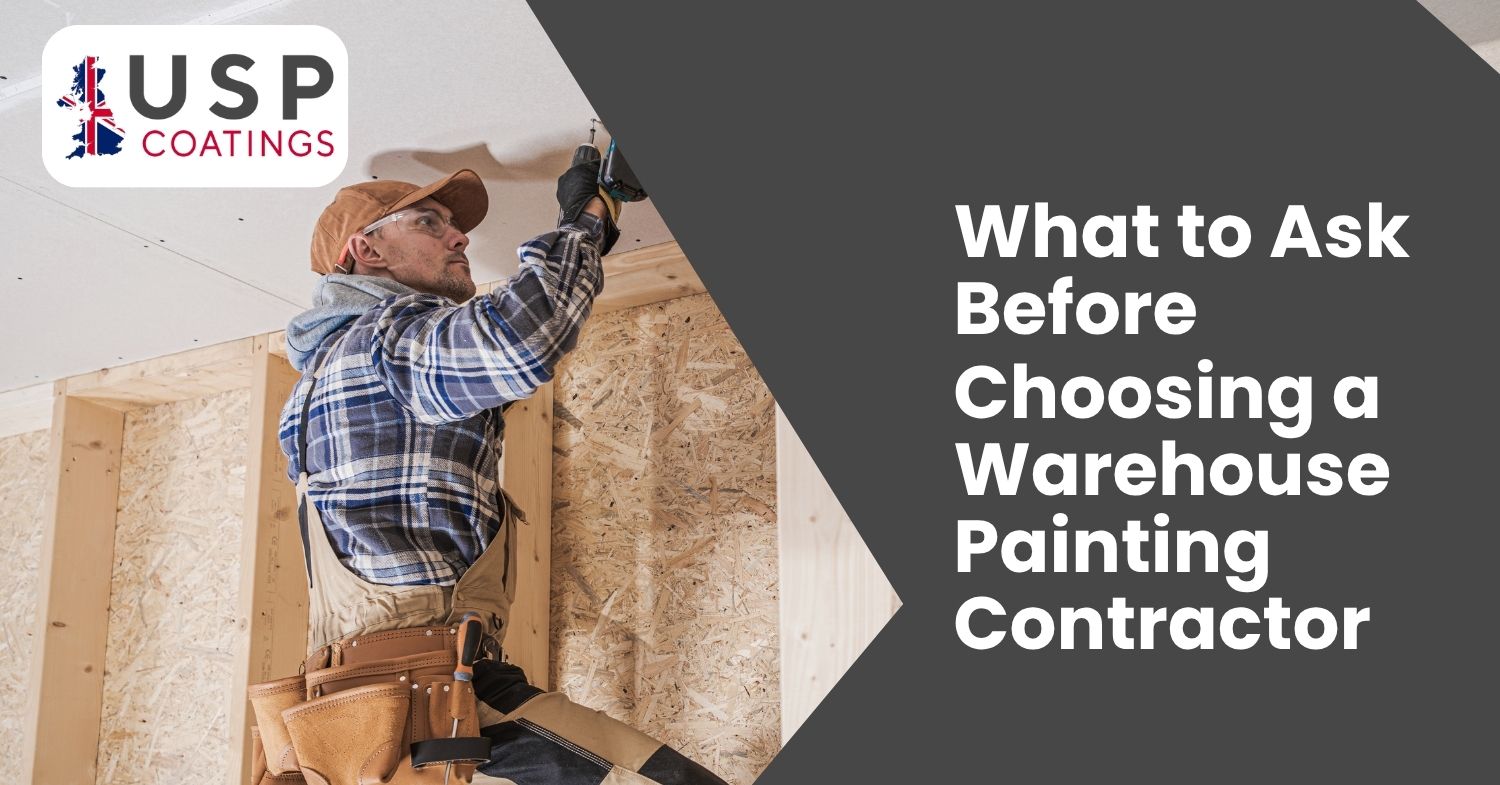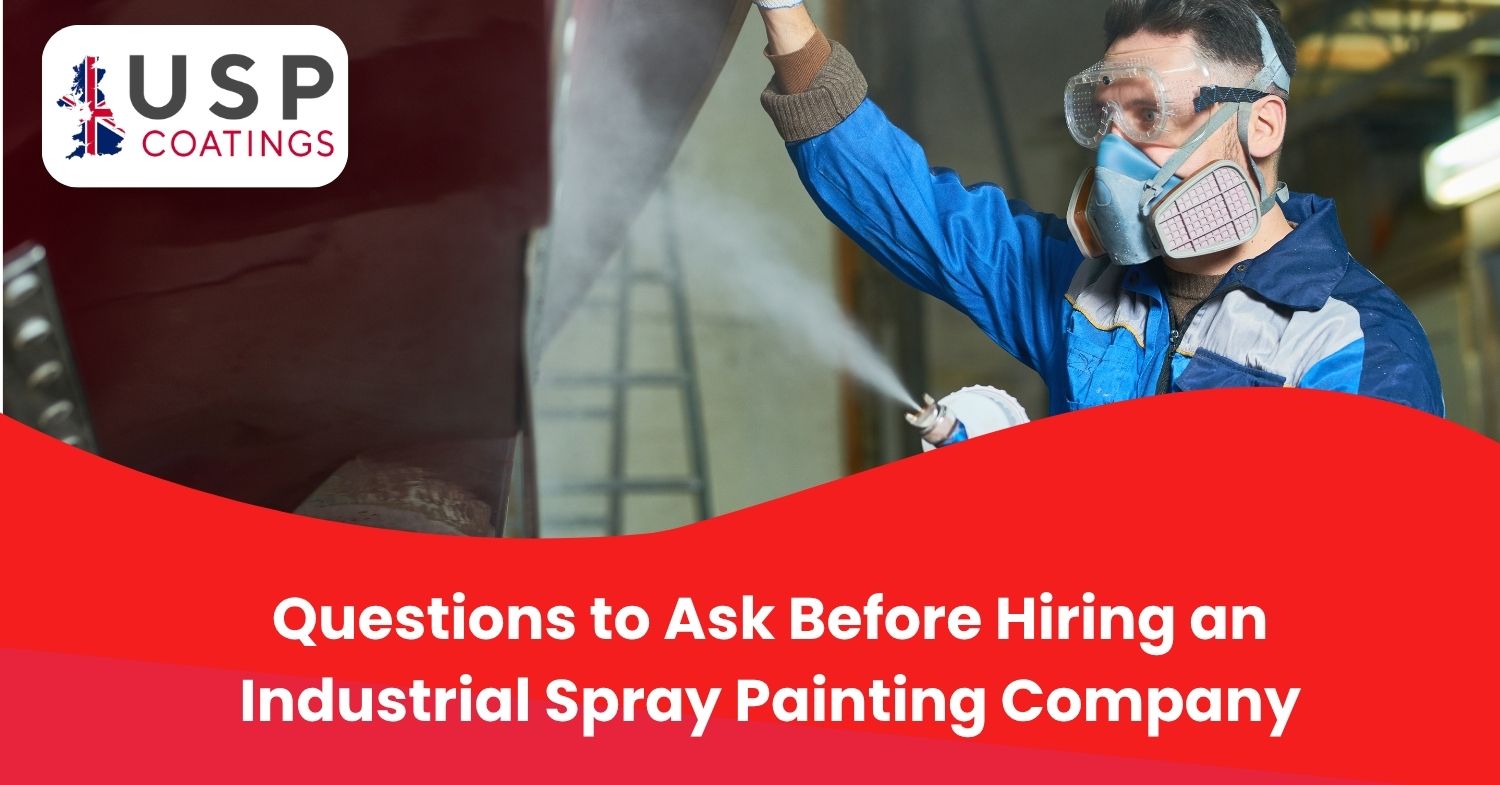Cladding Painting Guide Chapter 6:
The Best Method For Painting Cladding
In this chapter, we will understand the type of application that is the best method for painting cladding
The Advantages Of Spray Application
Choosing the right cladding painting technique is crucial for achieving a professional finish. Among the myriad of options, spray techniques stand out for several compelling reasons. In this chapter, we will explore the advantages of spray application, examine the types of sprayers commonly used, and provide tips on how to avoid over-spray and ensure even coverage.
The Superiority of Spray Application in Cladding Painting Techniques
Spray application stands out in the cladding painting industry for its unmatched quality, highlighted by several distinct advantages:
1. Rapid Application:
Spray equipment excels in delivering paint quickly and efficiently, making it the preferred choice for covering large cladding surfaces. This method significantly cuts down on the time and labour typically required for traditional painting techniques, offering a quicker turnaround and reducing manpower costs.
2. Uniform Excellence:
One of the most notable benefits of spray application is its ability to produce a smooth, uniform finish. Unlike manual methods that can leave brush strokes or roller marks, spraying offers a seamless coat that elevates the aesthetic appeal of the structure. This flawless finish contributes to a more professional appearance and enhances the overall visual identity of the property.
3. Precision Access:
The design of spray equipment allows for superior precision and accessibility, making it ideal for cladding with complex shapes or hard-to-reach areas. Sprayers can easily handle intricate details and awkward angles, ensuring complete coverage without compromising on quality. This ability to reach challenging spots ensures that every inch of the cladding is properly coated and protected.
4. Cost Efficiency:
Although there is an upfront cost associated with acquiring spray painting equipment, the investment pays off in the long run. Spray application tends to use paint more efficiently, reducing wastage and saving on material costs. Additionally, the faster application process lowers labour expenses, making this method more cost-effective over time compared to traditional painting techniques.
5. Enduring Consistency:
Consistency in paint application is crucial for the longevity of the cladding’s finish. Spray methods provide a consistent coat across surfaces, which helps prevent issues such as uneven coverage, drips, or patches. This uniformity not only improves the appearance of the cladding but also extends the lifespan of the paint job, ensuring that the property remains protected and looks great for longer.
Types Of Sprayers And Their Suitability
There are different types of sprayers available for cladding painting, each with specific features and suitability for various applications. Common types include:
1. Airless Paint Sprayers:
Airless sprayers use high pressure to atomize the paint, creating a fine mist that provides excellent coverage. They are well-suited for large, smooth surfaces and are capable of applying a wide range of paints.
2. HVLP (High Volume, Low Pressure) Sprayers:
HVLP sprayers use low pressure to deliver a higher volume of paint, making them ideal for intricate work and smaller areas. They minimise overspray, which can be beneficial when working near other structures or landscaping.
3. Air Compressed Sprayers:
These sprayers use compressed air to propel the paint, offering flexibility and control. They are suitable for various paint types and can be adjusted to achieve the desired finish.
Types Of Sprayers And Their Suitability
Spray application stands out in the cladding painting industry for its unmatched quality, highlighted by several distinct advantages:
1. Proper Masking:
Thoroughly mask off adjacent surfaces, windows, and any areas that should not be painted to prevent over-spray from affecting them.
2. Adjusting Spray Settings:
Carefully adjust the spray equipment settings, such as pressure and nozzle type, to control the paint flow and reduce over-spray.
3. Consistent Movement:
When spraying, maintain a consistent and even motion to ensure uniform coverage. Overlapping passes can help achieve this.
4. Practice and Skill:
Effective spray painting requires practice and skill. Before tackling the main cladding surface, practice on a test panel or an inconspicuous area to get a feel for the equipment and technique.F
Conclusion
Incorporating spray application into your cladding painting process can significantly enhance the efficiency and quality of your project. By understanding the advantages, choosing the right sprayer, and following best practices to minimise over-spray, you can achieve a professional finish while saving time and resources.
Cladding Painting Guide The Next Chapter

Cladding Painting Chapter 7: Respray Vs. Recladding: A Strategic Decision
Understand the choice between respraying and recladding the exterior of your property. We will explore the key considerations guiding this decision and reveal the benefits of choosing to repaint Plastisol cladding rather than replacing, Aiming to provide a comprehensive overview to inform your strategic planning.
Read this chapter to learn more.
Speak To The Experts
Seeking advice from experts can make this process less daunting and more rewarding. Companies like USP Coatings not only bring expertise in cladding painting but also offer invaluable insights during a free quote consultation, steering your project towards success.






